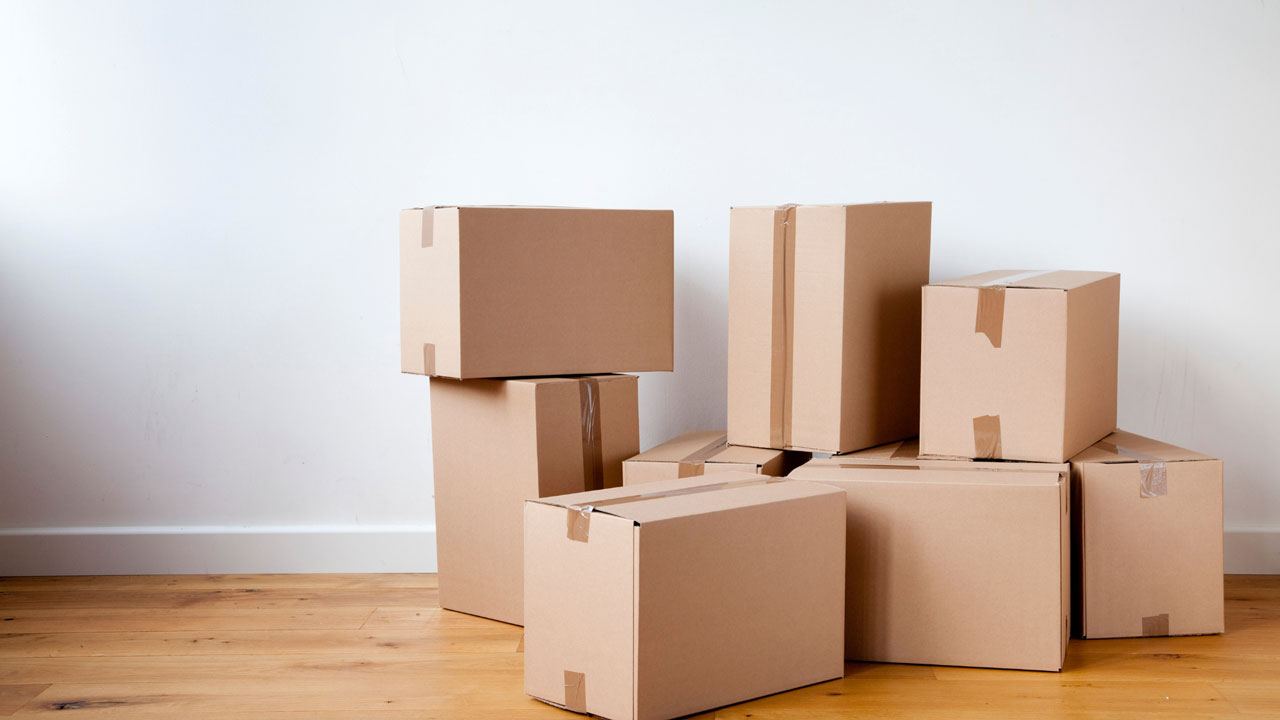Whether you’re moving homes, relocating offices or going on an interstate move, the process can be overwhelming. One of the key factors in a smooth and stress-free move is your knowledge of efficient packing. To help with this, we’ve gathered our top tips for packing moving boxes. Read on to discover practical and creative strategies on how to pack moving boxes efficiently.
Assessing your packing needs
Every successful move begins with an effective plan. As the saying goes, ‘Fail to prepare, prepare to fail.’ Knowing how to pack moving boxes efficiently and what you need to pack and determining the appropriate type and size of moving boxes needed is an integral part of this planning process.
Here’s a more detailed look:
- Take stock of your items
Begin by taking an inventory of your belongings. Going room by room allows you to see not just the large, noticeable items but also the small things that might otherwise get overlooked. An inventory also helps avoid unnecessary packing of items that are outdated, broken or no longer needed. If you haven’t used an item in over a year, consider donating, selling or recycling it.
- Determine the number and size of boxes needed
Once you have an idea of the items you’ll be packing, you can estimate the number and sizes of moving boxes required. This is important as underestimating can result in a frantic last-minute search for boxes, and overestimating can lead to wasted money and resources.
Consider these factors when estimating your box needs
- Small boxes — Ideal for heavy items such as books, canned goods, tools or CDs/DVDs. Because these boxes are small and sturdy, they help to prevent you from overpacking while ensuring they can still be easily lifted.
- Medium boxes — These are all-rounders and can be used for a wide variety of items. From storing kitchen utensils and cookware to smaller appliances and toys, these boxes are incredibly versatile.
- Large boxes — Ideal for packing lighter, bulkier items such as pillows, linens, lampshades and coats. Due to their size, refrain from packing heavy items in these boxes as they could become too heavy to lift and may also compromise the box’s structural integrity.
- Specialty boxes — Don’t forget about items that may require special boxes, such as wardrobe boxes for clothes, picture boxes for art and mirrors or dish pack boxes for fragile kitchenware.
Now that you’ve assessed what and how much needs to be packed, it’s time to plan when to pack it. Not all items are needed right up to moving day, so start packing non-essential items early on. Create a timeline to gradually pack all items so you won’t have to rush at the very last minute.
Packing hacks for space optimisation
One of the tips for packing moving boxes efficiently is to look at it like a strategic game of Tetris, where each piece should fit together perfectly to maximise space. Here are some top tips to maximise your moving boxes as effectively as possible.
1. Use nesting techniques
With nesting, smaller items are packed within larger ones. One good example would be stashing spice jars inside pots or stuffing socks into shoes. This method not only optimises space but also creates a cushioning effect to protect your belongings during the move.
2. Practise vertical stacking
To maximise space, think in three dimensions. Rather than laying items flat, stack them vertically where possible. This approach involves positioning items such as books or plates upright, similar to loading a dishwasher.
3. Fill empty spaces
After placing the larger items, fill any remaining gaps or pockets with small, soft items like scarves or stuffed toys.
Alternatively, crumpled newspapers or packing peanuts can serve as excellent gap fillers. This not only maximises space but also prevents items from shifting during transit.
4. Keep weight distribution in mind
Heavy items should ideally be placed at the bottom with lighter items on top. This not only prevents damage but also makes the box easier and safer to carry.
Disassembling furniture and appliances and handling fragile items
Breaking down large furniture and appliances can make transportation easier. Keep all screws, bolts and other small parts in labelled ziplock bags and tape these to the respective item they’re used for to avoid confusion during reassembly.
When it comes to electronics, it’s always best to wrap and label cables individually to prevent tangling and confusion during setup. Remember to pack electronic devices in their original boxes if possible, or in a box as close to the size of the device as possible.
One other tip when packing moving boxes with fragile items is to wrap each piece individually in bubble wrap or packing paper and fill any empty spaces in the box with extra cushioning. Remember to mark these boxes as “Fragile” to ensure they’re handled with extra caution.
Lastly, keep in mind that your linens and towels can serve a purpose beyond their intended one. They can double as protective wrapping for fragile items or as fillers for empty spaces in boxes.
Optimise your moving process with a smooth and planned packing plan
With these packing hacks and tips on how to pack moving boxes efficiently, you are now equipped to optimise your moving experience. Remember, planning and organisation are your best tools for a stress-free move.
Should you need additional support, No Limits Removalists is ready to assist. As experts in moving, we at No Limits Removalists understand that every item has its unique packing requirements. Our team is trained to handle everything from carefully wrapping fragile items to handling heavy furniture, ensuring your belongings reach their new home safely and efficiently.
Interested in learning more about how No Limits Removalists can help you? Contact us today so we can touch base on what your moving needs are. We can also provide you with a free, no-obligation quote. Our priority is to make your move as smooth and seamless as possible.

